Newsroom
Discover more about the impactful work we do globally.
Filter

Transform, store and analyse your GIS data with FME and BigQuery
Good news Feature Manipulation Engine (FME) users! If you want to crunch your GIS data in BigQuery, it’s now possible with FME available in the Google Cloud Marketplace. This announcement is a gamechanger as it means that geospatial data processing power can now be performed at a previously unmatched level. GIS professionals are really excited…
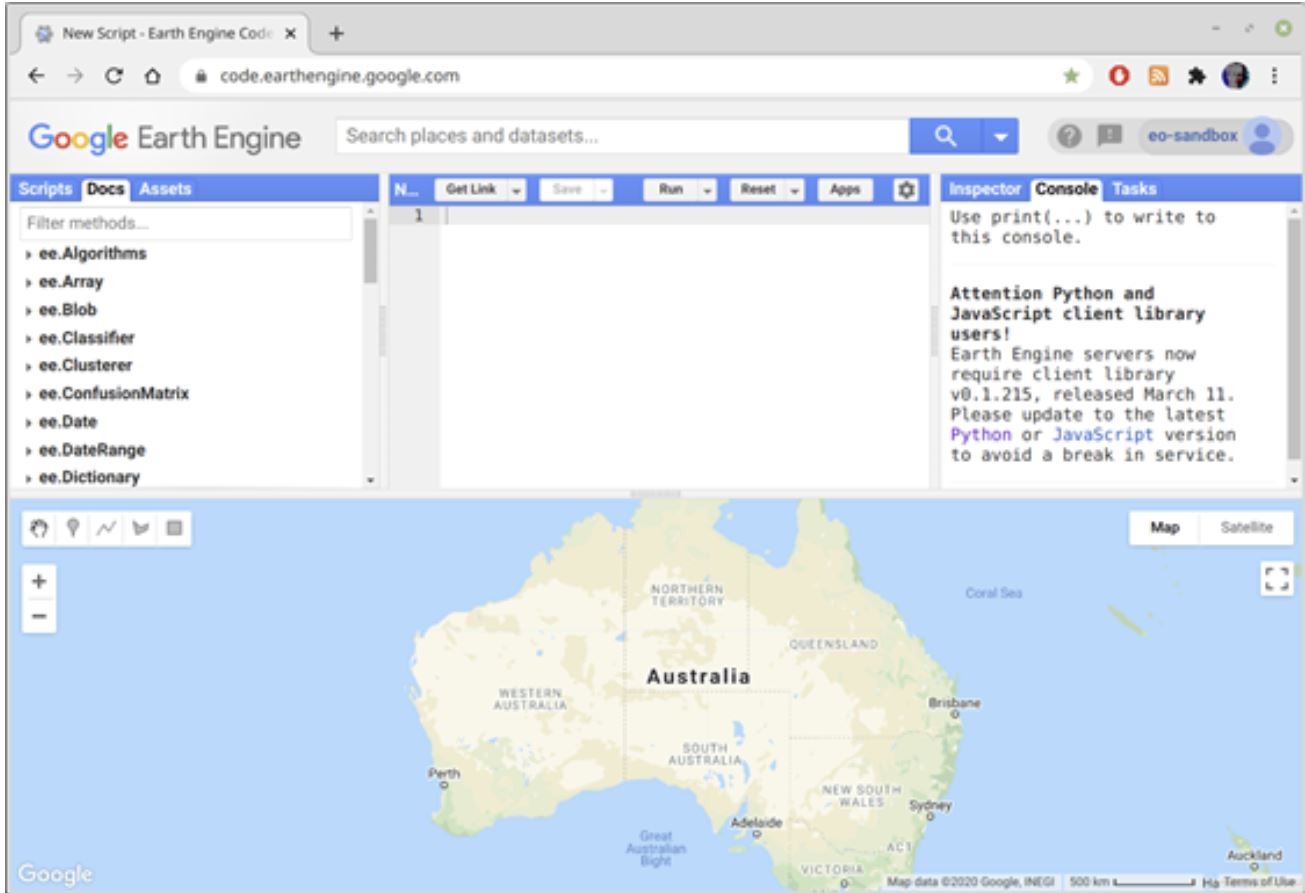
The merits of using the Python API in Google Earth Engine
My own GIS weapon of choice was born of a development by the U.S. Army Corps of Engineers’ Construction Engineering Research Laboratory over 35 years ago – and I attest that GRASS GIS is still one of the best GIS desktop tools in my opinion (but that’s for another Geotech Friday). However, two other weapons that have…
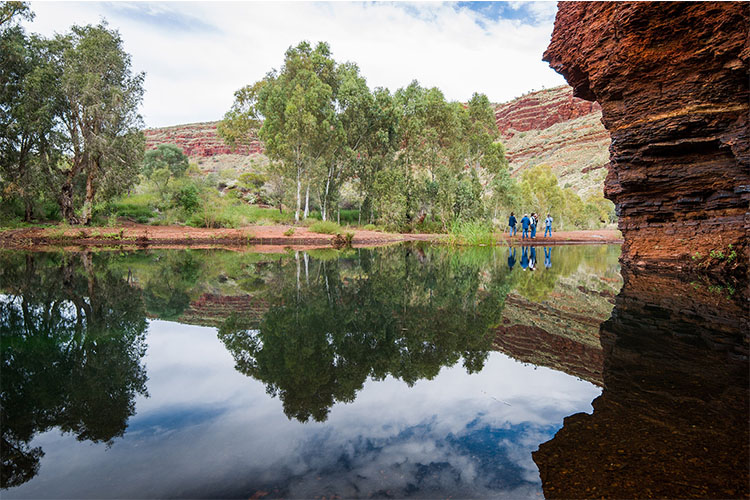
Building an Indigenous digital cultural recording
A digital cultural recording is the use of mapping technology and other digital technology recorders, such as video and audio clippings, to document and map the cultural knowledge in the minds of Indigenous Elders. These recordings are crucial as (a lot of the time) Elders can sometimes be too sick to go out on country…

How can GIS technology help you work remotely?
For years, Geographic Information Systems (GIS) and remote sensing methods have been utilised in various industries for visualisation, monitoring and management. However, the potential to use GIS to work from home or the office is increasing in popularity as we face various levels of restrictions and safety precautions due to the global COVID-19 pandemic. These…
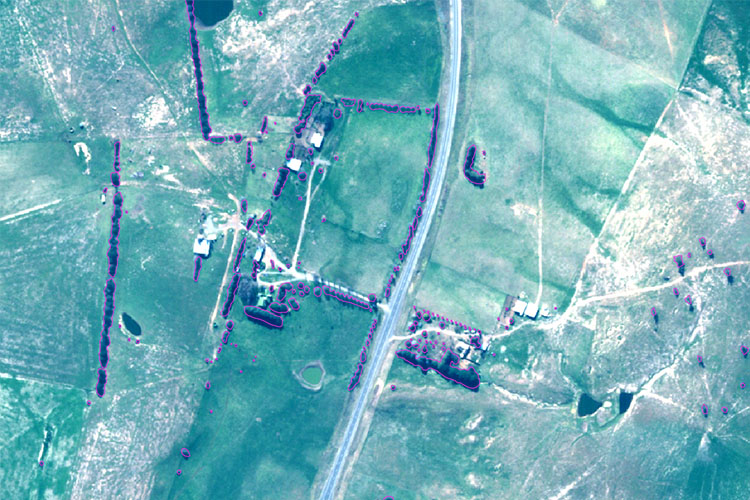
Training your machine learning models properly
Machine learning (ML) is when algorithms learn from data to find patterns, make decisions and evaluate their performance using a specified dataset. This is useful for applications such as image analysis in remote sensing work. Recently, deep learning – a subclass of ML – has become increasingly popular for image processing and computer vision problems….

How the world has embraced spatial technology during the pandemic
As COVID-19 has spread throughout the world, you may have noticed that you’ve been looking at maps more frequently. You probably see these maps during news bulletins, on social media or on official government websites. Most likely, they are communicating levels of infection, recovery rates or death rates. But beyond the morbid statistics, the science…
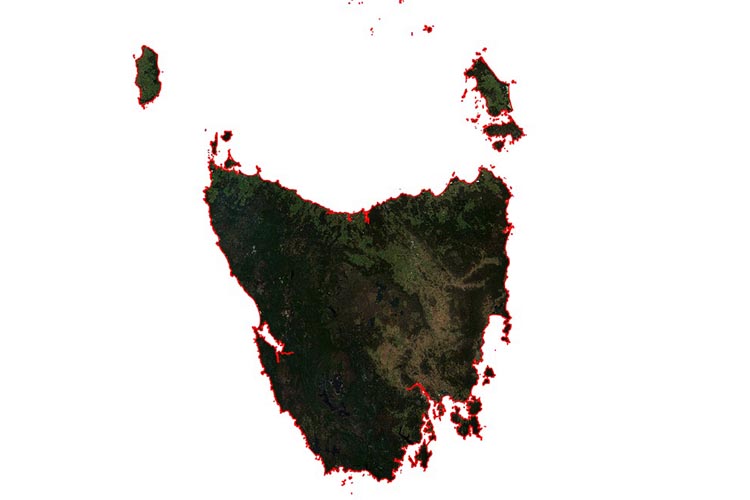
The Power of GDAL
The role of a remote sensing scientist is primarily to capture and extract useful information from spatial data. Taking spatial data and extracting useful, actionable information is an on-going challenge. There are a wide range of commercial software packages to assist in this task that are dedicated to analysing spatial data. However, out-of-box solutions for…
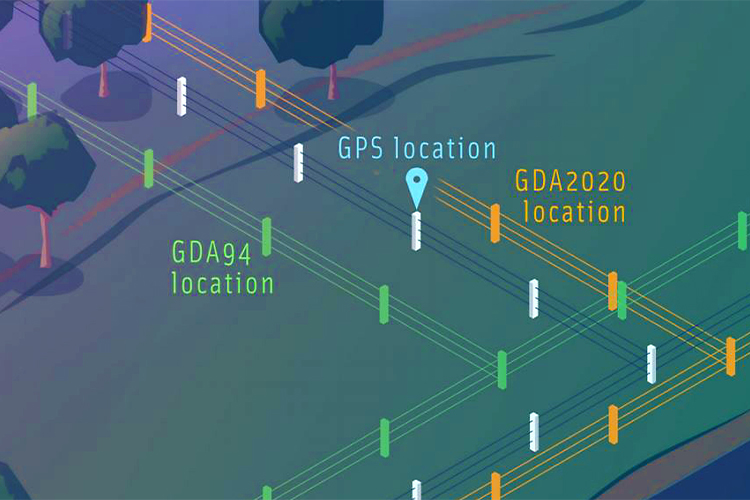
GDA2020 explained for non-GIS people
If geospatial data and systems are deeply embedded into your work operations, you might have heard “GDA2020” muttered around hallways over the past year. That’s because it’s a bit of a big deal. In late 2017, GDA2020 (Geocentric Datum of Australia 2020) was gazetted as Australia’s official datum – and the existing datum, GDA94, was…
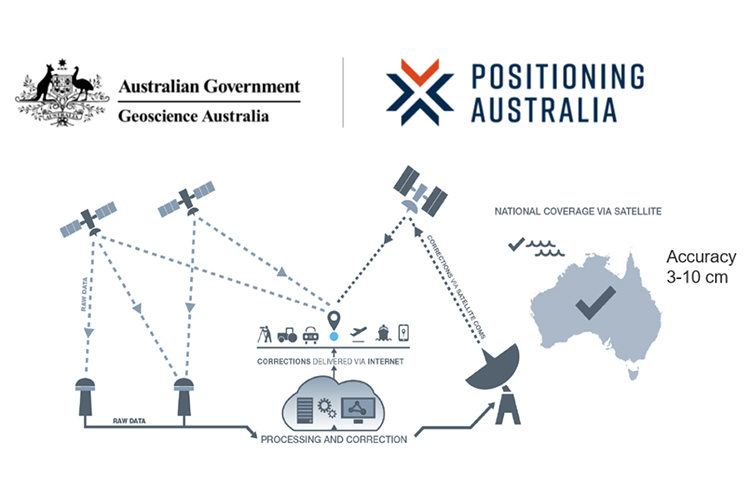
Positioning Australia for the future
In 2018, the Australian Commonwealth Government committed AUD $224.9m to the Positioning Australia program to provide 10 centimetre accurate and reliable positioning to all Australians, as well as accelerate the adoption and development of positioning technology and applications. This is a significant improvement from the 5-10 metre accuracy you can currently achieve using consumer positioning devices. The…
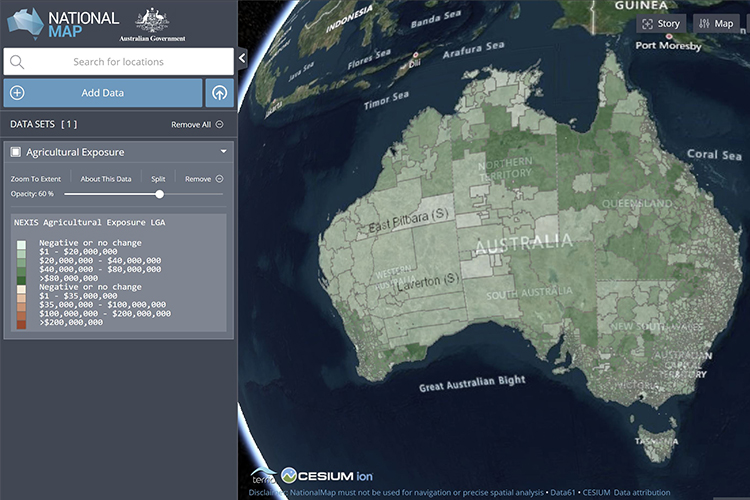
Using open spatial data: key things to consider
Spatial data can be expensive and time consuming for your team to capture, clean and ingest into geospatial software. However, open spatial data (OSD) is fostering innovation through free and unrestricted access to geospatial data collected by a community of geospatial analysts. These days, businesses commonly supplement their own business information with OSD to help…

